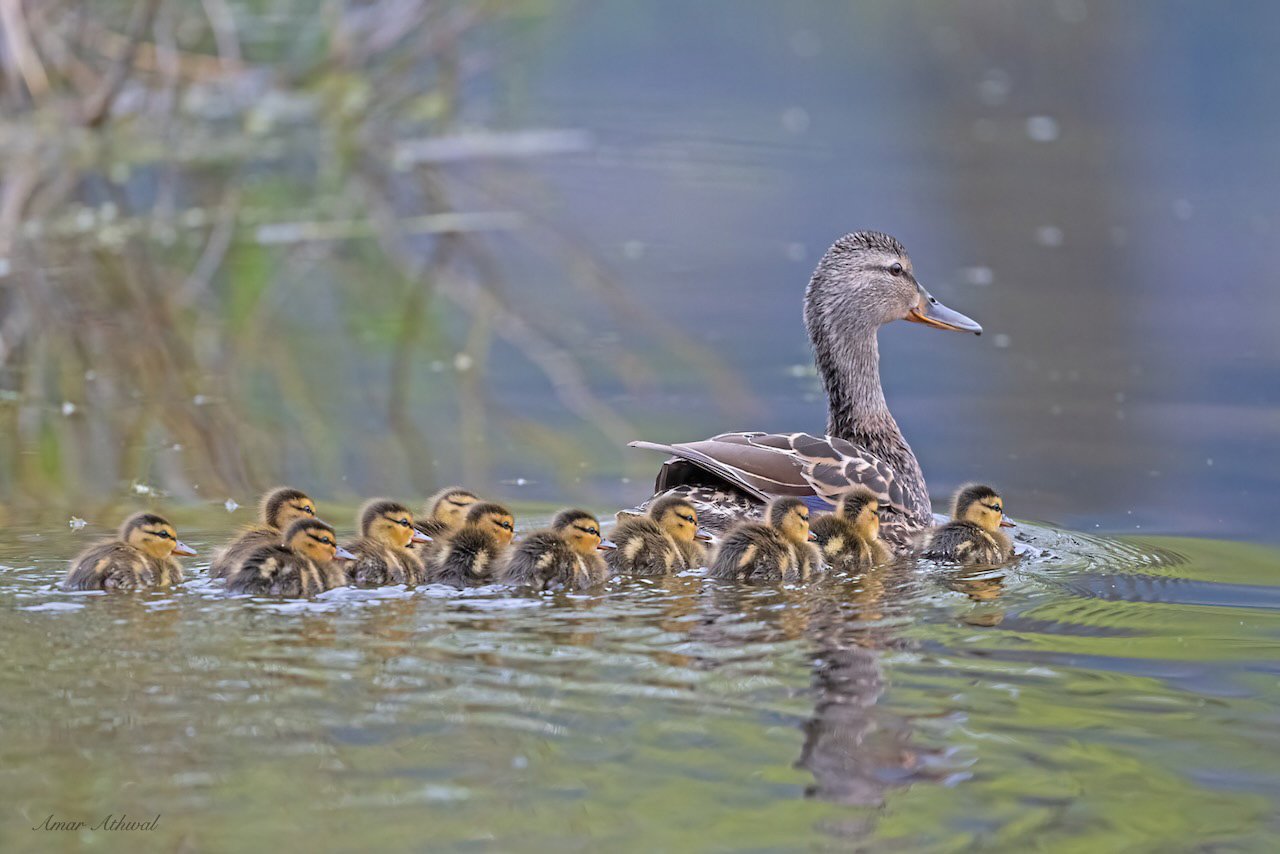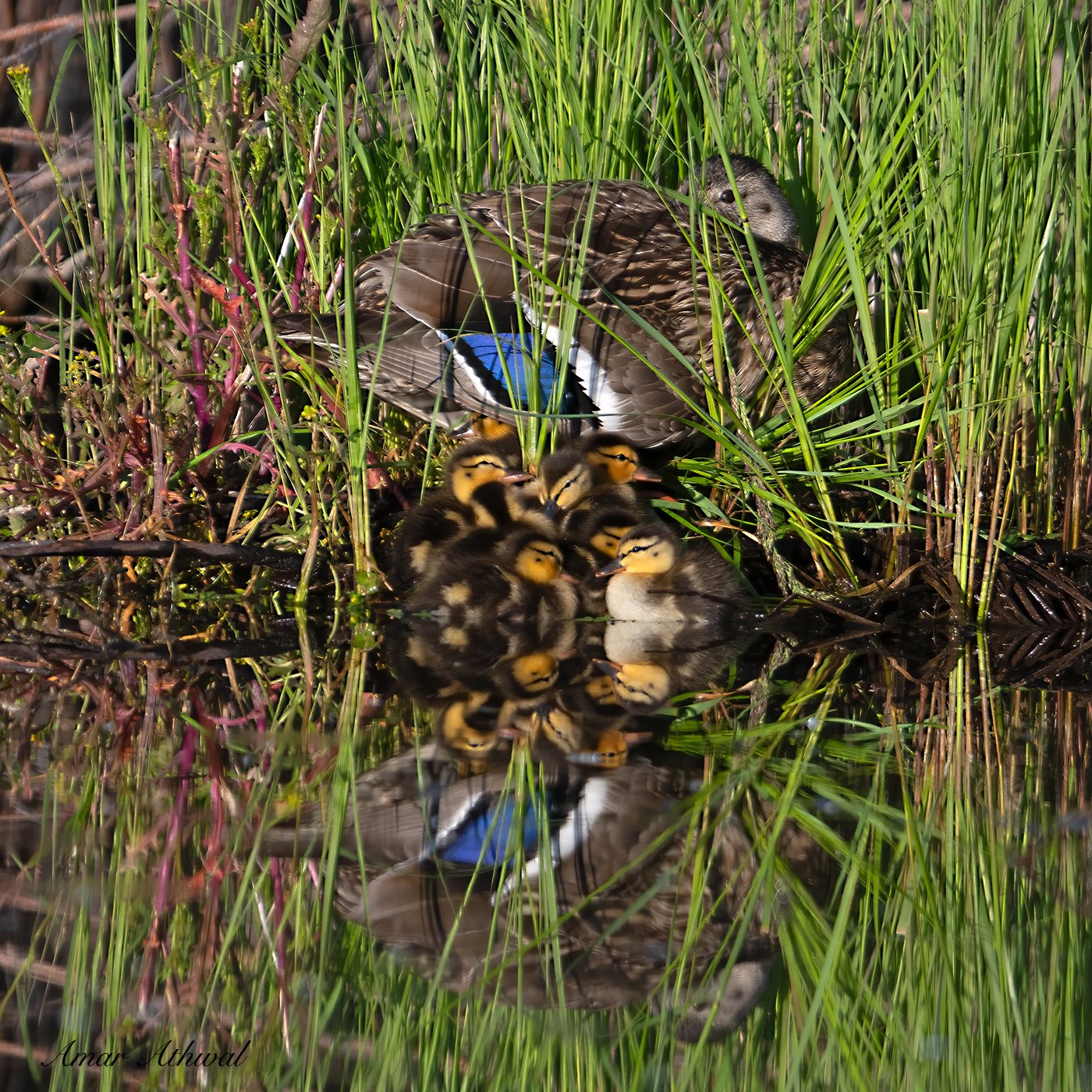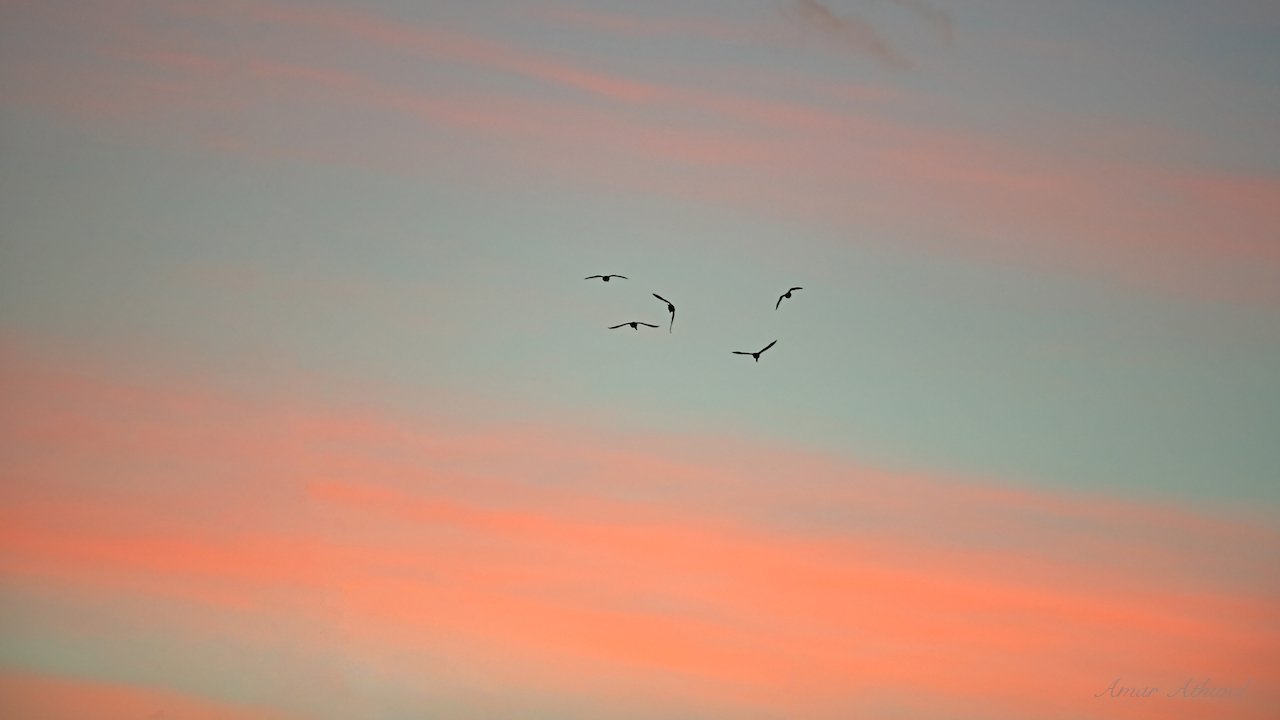How many eggs or clutch size varies among bird species. Depending on food and calcium availability, latitude, age of the female, weather, and time of year. The Black Swift lays just one egg, but a Wood Duck may lay 7-14 eggs per clutch. Birds incubate their eggs to keep them at the proper temperature to ensure normal development. Many songbirds begin incubation after laying all their eggs so they hatch around the same time. Common Ostriches can have about 50 eggs in a single nest, but they are laid by several females. An ostrich egg is also the heaviest, with an average weight of 1.36 kg. The Vervain Hummingbird, found in Jamaica and two nearby islets, lays an egg weighing 0.365 grams. The Mallard Duck, shown in the picture with 11 ducklings, can lay up to 13 eggs. The newly hatched birds are covered in down and are alert; they are ready to leave the nest within 13-16 hours of hatching.
Mallard Duck
Mallard Ducks are found across North America and Eurasia. With Mallard being so widespread, leading to a number of populations around the world. Some of those populations have changed enough to be considered separate species. Two examples are the Mexican Duck and the Hawaiian Duck. Mallards tend to pair well before the spring breeding season. With Mallard Ducks, only the female incubates the eggs and looks after the ducklings. As this female does with eight ducklings. Mallards are strong fliers, reaching 90 km per hour. The Mallard’s sound or quack, we are so familiar with is the sound of a female Mallard. Males have a much quieter sound. This female was quiet when I would see her sitting on the nest, watching me across the water as I walked by on the trail. Only five days earlier, she was still on the nest. The morning of this shot, the family was resting under the warm morning light.
Mallard Ducks
After I took pictures of the sunset, I packed up, and I started to make my way home. I was fifty meters into my walk when I noticed something was flying. Turning my head, I noticed it was five Mallard Ducks. I’m pretty sure they were the same ones I have been seeing in the area since last summer. They were born last summer, and they had decided to spend their first winter in the Canadian Rockies. They had survived a couple of cold spells, including the long one in December and early January. Either a predator got them into the air or perhaps they were moving to the bigger open water area for safety during the night. After they had made one circle, I thought it was too late to get their picture with the remaining sunset colours. But they decided to make one more circle, and this time I was ready with the camera in hand. As they started to descend, I got a picture of them and the warm colours of the sunset.
Mallard Duck
Mallard Ducks are commonly spotted, they get overlooked among the other waterfowls. With the right light, in this case the morning light, they stand out.
Mallard Duck
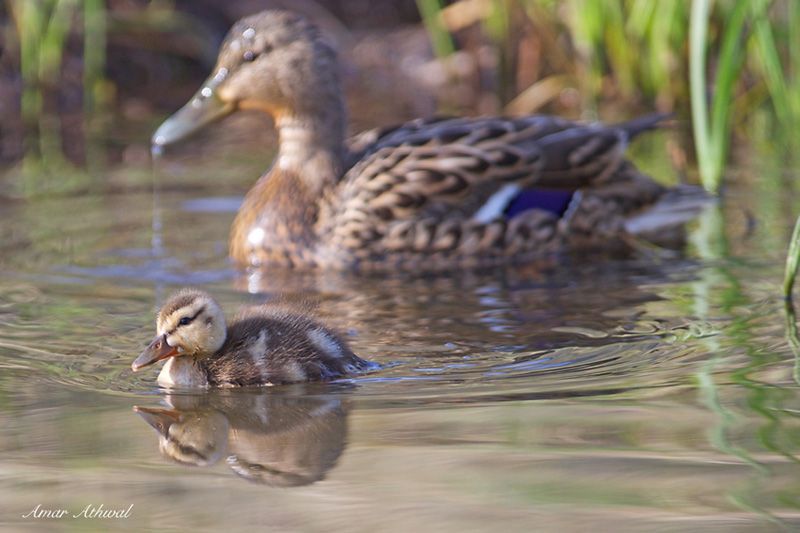
There were two ducklings looking for breakfast under the watch of their mom. I had to wait for a clear picture of them, for a while thy worked among the grass. Once they came to the open, the light was right and the colours even better for picture taking.
Until next moment,
Amar
Mallard Ducks

The female Mallard waits for her mate to cross the tracks, who pauses long enough for me to grab few pictures. Not sure what brought them to the track, grain or simply they were going from one pool of the water to another.
Until next moment,
Amar
Mallard Ducks
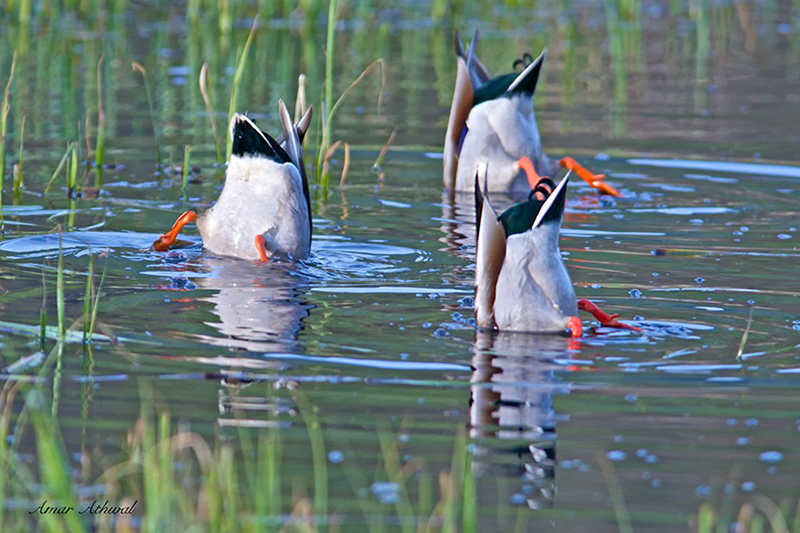
Few mornings back I spotted these three Mallard Ducks head down in the shallow water looking for food. It was hard to pass on the picture, just like the way they look.
Until next moment,
Amar
Mallard Duck
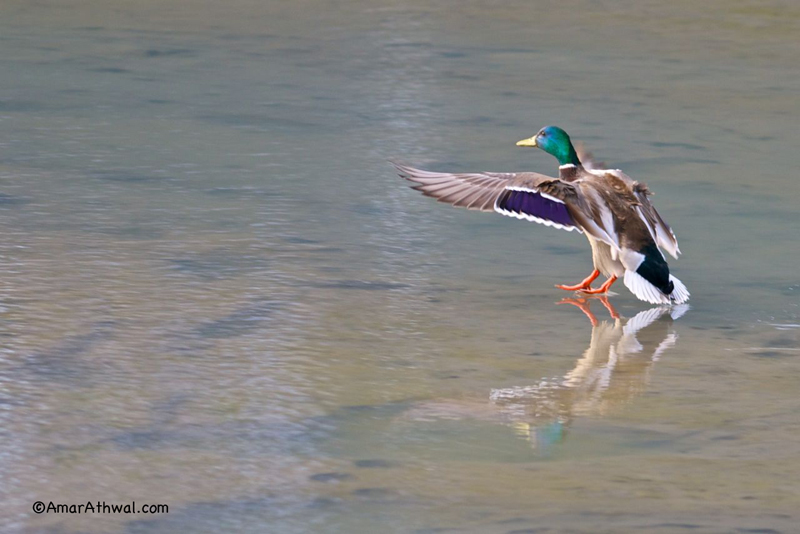
The Mallard was coming in for a landing, camera in hand I started clicking. I caught few good images, including this one just as it touched the water.
Until next moment,
Amar
Fly By
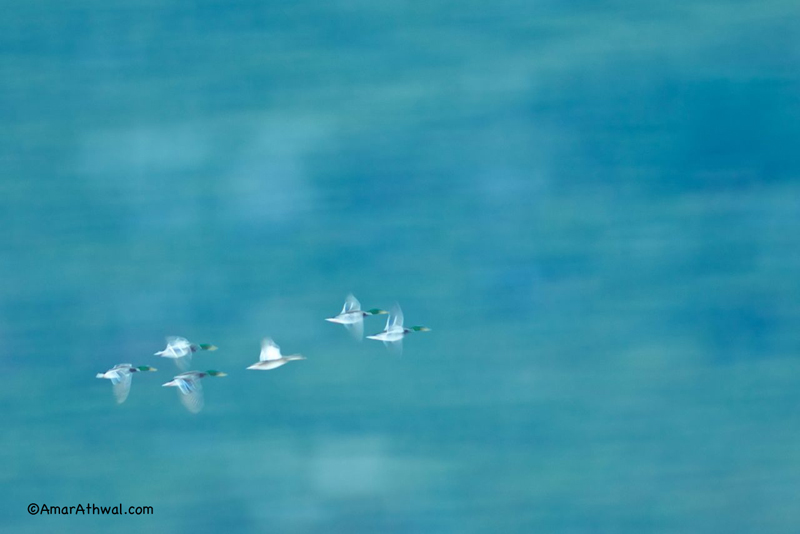
Today the annual Christmas Bird Count took place, as it does throughout North America and parts of South America, the Caribbean and the Pacific Island. The team I was part of, was counting the birds along the Vermilion Lakes and Fenland Trail, just outside of town of Banff. The temperature was above normal, but the wind was howling. Bird count started slow, but before long we came across Mallards and Green winged Teals, soon followed by a single female Common Goldeneye. Before a small break we saw several Pine Siskins. Ravens were spotted through out the day, as were Mountain and Black capped Chickadees. Few other spices were encountered before we hit lunch. Afterward we're lucky enough to see a Merlin top of a tree with a Bald Eagle flying over. Toward the end we came across Pine Grosbeaks and a single Northern Shrike. Then it was time to go home and change and head over to join other participants for dinner, add up the totals form the day and share few laughs.
Until next moment,
Amar
Mallard and the Family
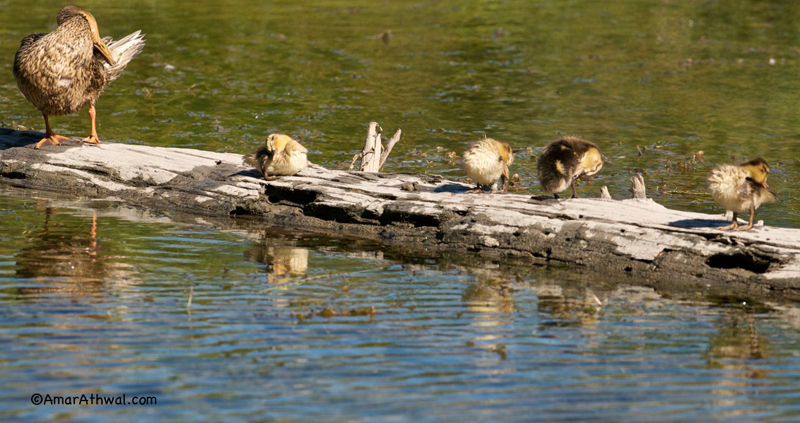
I went for a walk along the Vermilion Lakes, hoping to see and get pictures of birds. Was thinking I might come across birds that have started migrating or those who spend their summer in the mountains. But was surprised to come across a female Mallard with six ducklings, they looked a week old if that. One optimistic female, hoping to start a family so late. I watched them all as they were making their way from one lake to another. Catching several pictures, but my favorite was when the female and four of the ducklings grooming themselves on top of a log.


Until next moment,
Amar
Mallards
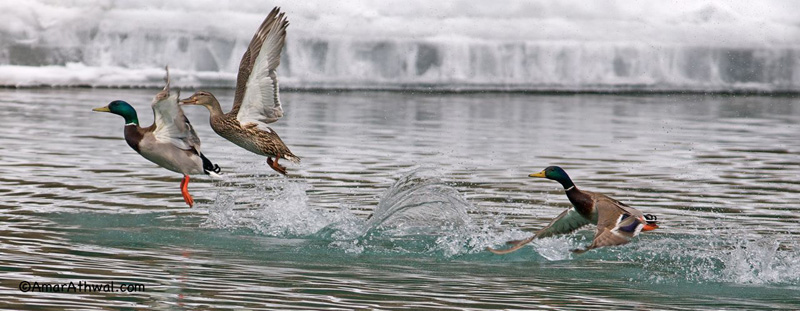
I was walking along the river taking pictures of water fowls. Certain birds I come across will move away but some will take to air. For example I have been near mallards, within meters, they just go about their business. Then they are times I'm 40 to 50 meters away and they take to air as soon as they spot me. That's what happened with the attached picture, I was walking along the river when I spotted the three Mallard Ducks. I was talking their picture when they started to fly. Luckily I was able to get the attached picture, the female seems to be smiling as catching air.
Until next moment,
Amar
Mallard Ducks

Came across 6 Mallard Ducks, decided to stop and see if I would be able to get an interesting pictures. The sunlight was on the wrong side, opposite side of me. But snow and ice helped reflect the light on the shaded side of the ducks. The ducks were content and felt safe to go about their business on the far side of the pool of water. I waited, took pictures, waited and took more pictures until I got a keeper. They seem to form a line as they were heading back into the water, alternating between female and male. Cropped the image to keep the focus just on the ducks.
Until next moment,
Amar
